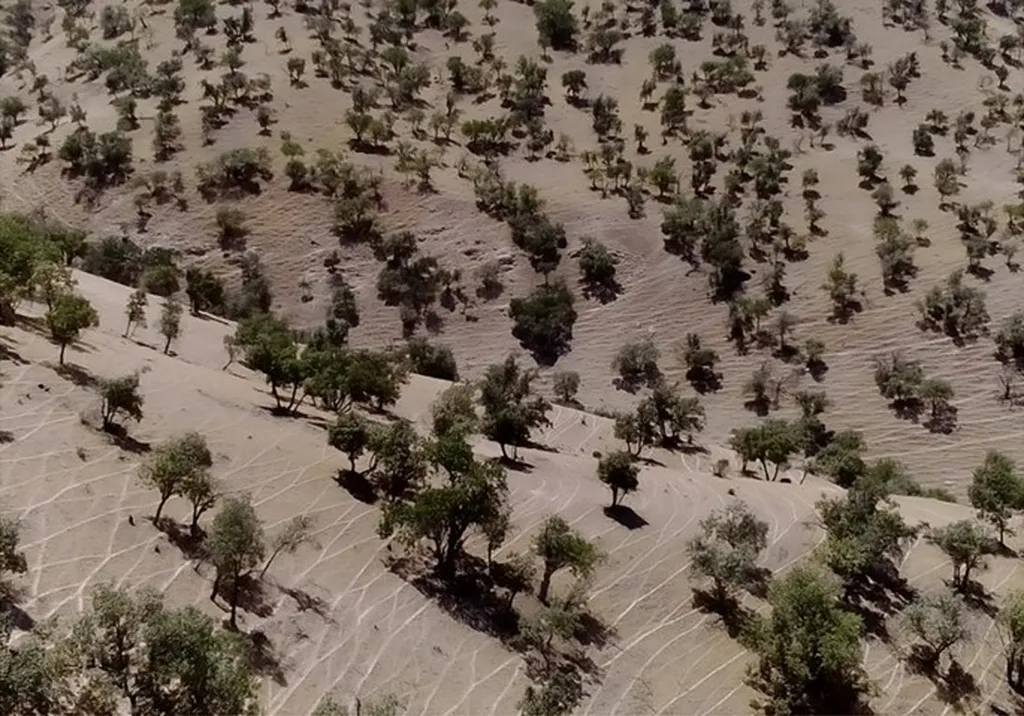In the heart of Iran’s protected forests, a groundbreaking study is challenging conventional wisdom about the value of nature. By assigning economic values to ecosystem services, researchers are shedding light on the often-overlooked benefits that forests provide, not just to the environment, but also to local communities and the broader economy.
Published in the journal ‘Sustainable Futures’, the research led by Mehdi Zandebasiri from the Chaharmahal and Bakhtiari Agricultural and Natural Resources Research and Education Center, employs a novel approach to quantify the worth of services that forests provide, such as oxygen production, carbon sequestration, and wildlife habitat, as well as more tangible benefits like firewood and grazing lands.
The study focuses on the Sabzkouh Protected Area, a forest teeming with biodiversity and vital ecosystem services. By valuing these services, the researchers aim to bridge the gap between market and non-market values, providing a comprehensive picture that can inform policymaking and promote sustainable development.
“Our findings indicate that the annual total value of oxygen production within the forest ecosystem is estimated to range between $59 million and $92 million per year,” Zandebasiri explains. “The economic value of carbon sequestration is between $36 million and $56 million per year.” These figures, based on different methods of calculating biomass, highlight the significant economic contributions of forests beyond traditional timber production.
The study also values wildlife habitats, estimating their worth at $7.5 million per year. While provisioning services like firewood and grazing lands hold lower economic values, their collective worth amounts to approximately $14 million per year across the protected area’s 11 management units.
The research introduces a system model that illustrates the essential inputs, processes, outputs, and feedback mechanisms within the ecosystem services valuation framework. This model provides a holistic view of the forest ecosystem, emphasizing the interconnectedness of various services and their collective impact on the environment and local communities.
The implications of this research are far-reaching, particularly for the agriculture sector. By recognizing the economic value of ecosystem services, policymakers and stakeholders can make informed decisions that balance environmental conservation with economic development. This approach can lead to more sustainable land-use practices, improved resource management, and enhanced livelihoods for local communities.
“Sustainable development requires comprehensive attention to all ecosystem services and both local communities and ecosystems,” Zandebasiri emphasizes. “It is essential to explore suitable policies addressing all ecosystem services to promote both environmental conservation and support for local communities.”
As the world grapples with climate change and environmental degradation, studies like this one offer valuable insights into the economic benefits of protecting and preserving natural ecosystems. By valuing ecosystem services, we can foster a deeper understanding of their importance and pave the way for a more sustainable future.
The research, published in ‘Sustainable Futures’ and led by Mehdi Zandebasiri from the Chaharmahal and Bakhtiari Agricultural and Natural Resources Research and Education Center, serves as a testament to the power of economic valuation in promoting sustainable development and environmental conservation.

